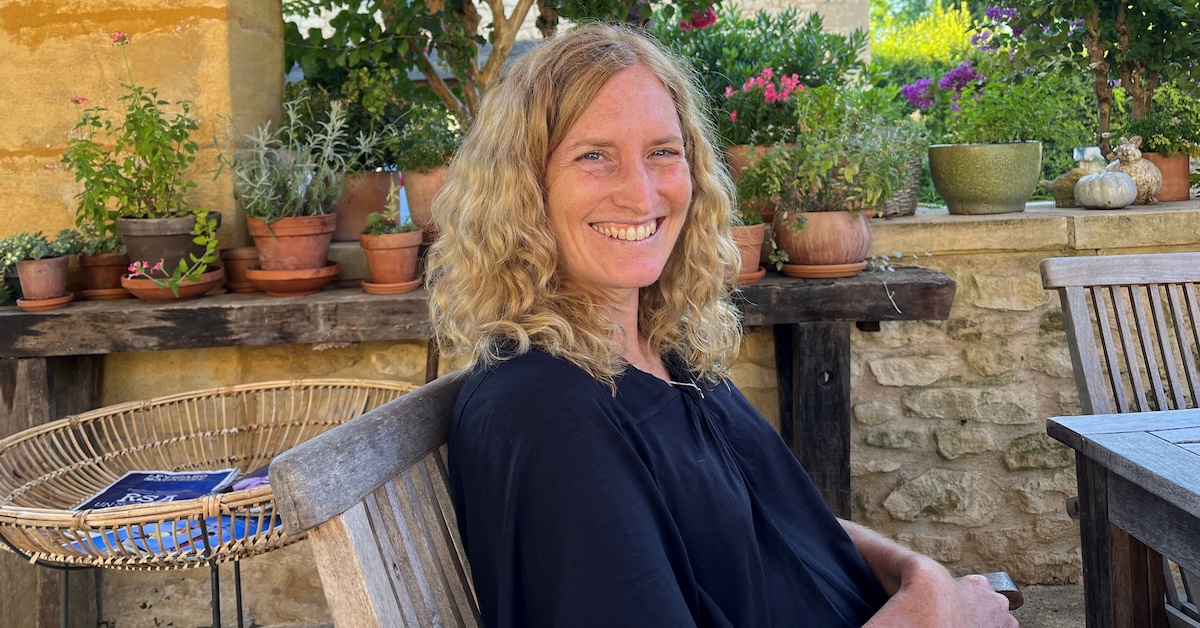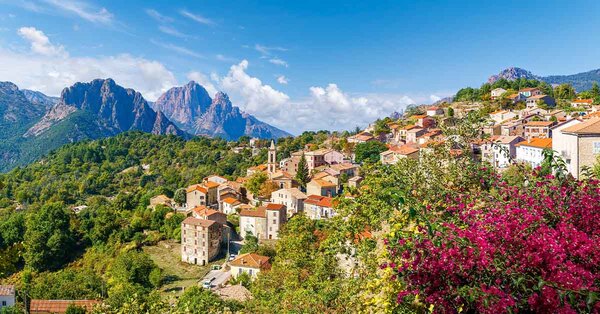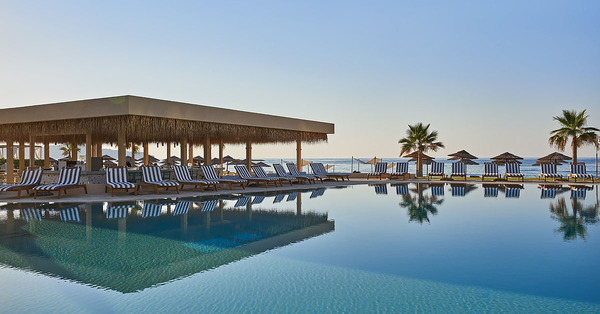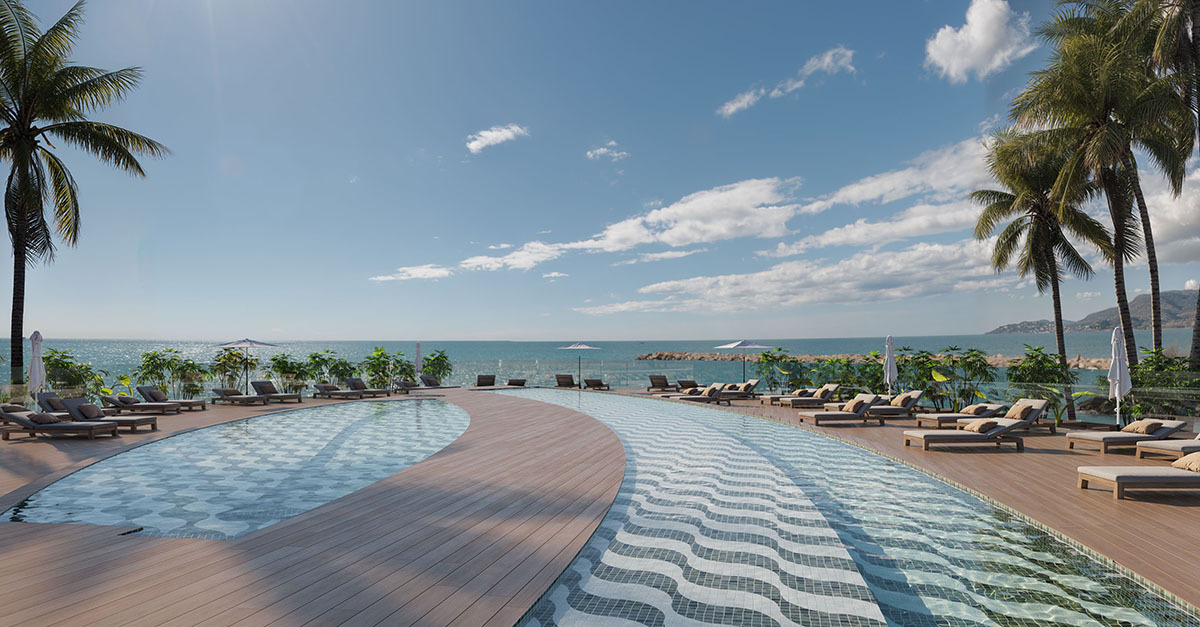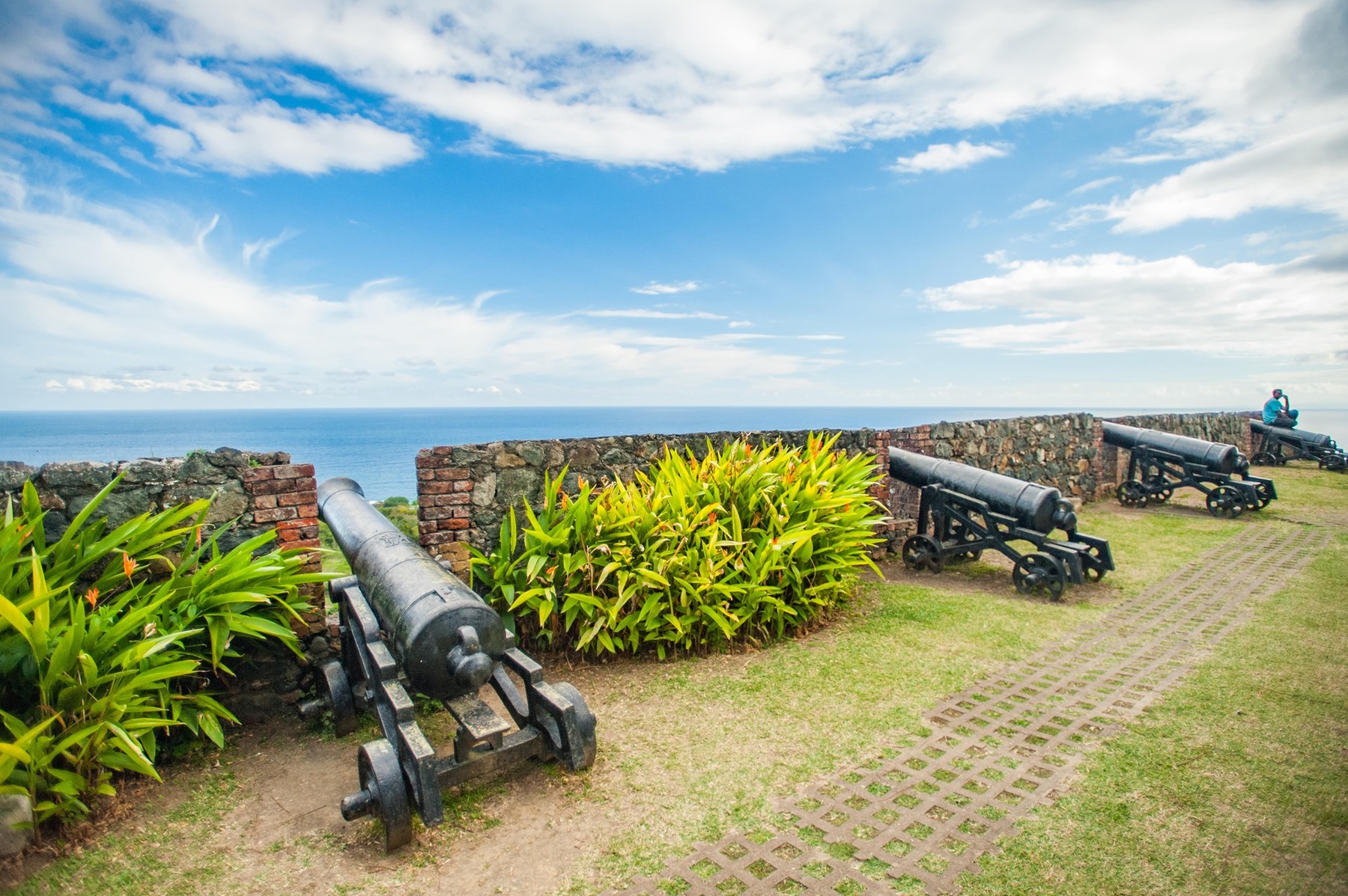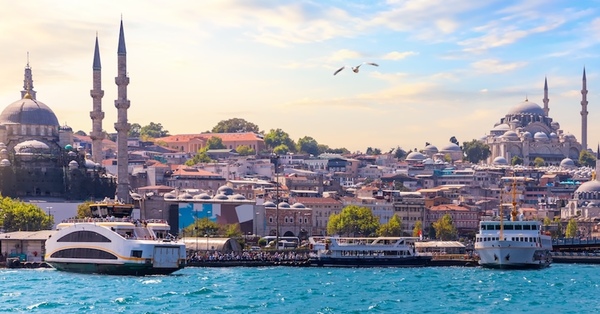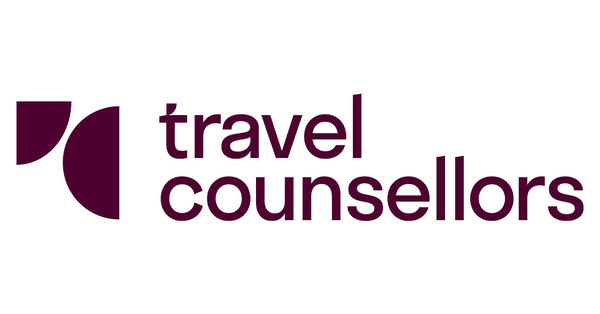You are viewing 1 of your 2 free articles
Travel remains ‘spending priority’ for Europeans despite global uncertainties
The UK is the European country showing the second highest level of travel intention for the spring-summer period, latest data shows.
Countries where travel intention is strongest include Poland (80%), the UK (79%), Netherlands (75%), Spain (75%), and Italy (73%), according to new research from the European Travel Commission (ETC).
Conversely, the least likely to travel are the French (65%), Belgians (68%), Austrians (69%), Swiss (69%) and Germans (70%).
Europeans are showing a growing appetite for event-based travel and alternative destinations as travel patterns evolve.
Traditional Mediterranean hotspots are seeing a slight dip in popularity- down 8% - while interest in eastern Europe is rising, up 3% year-on-year.
Despite a modest decline in overall travel intention - 72%, down by 3% over this time last year - European travellers are displaying confidence in their travel choices.
More than a quarter (27%) plan to take three or more trips between April and September, a 6% rise from the same period last year.
Travellers also intend to stay longer, with 42% opting for holidays lasting seven to 12 nights, up by 11% compared to 2024.
Rising travel budgets suggest that Europeans continue to prioritise travel in their personal spending.
Almost one-third (30%) plan to spend between €1,501 and €2,500 per person per trip, up 7%. Another 17% expect to spend more than €2,500.
Financial concerns are also gradually easing, though they continue to be the leading barriers to travel, the ETC noted.
Worries over rising travel costs due to inflation have dropped from 23% to 17% year-on-year, while concerns over personal finances have declined to 14%, down by 3%.
Accommodation takes the lead as the main spending priority across all age groups (27%), followed by food and drink (20%) and destination activities (16%).
Younger travellers aged 18–24 are more inclined to spend on shopping (15%) and luxury experiences (11%), whereas travellers aged 55-plus are placing greater emphasis on comfort, spending more on accommodation (33%) and food (24%).
Climate consciousness is also increasingly influencing travel decisions. A growing 81% of Europeans say the changing climate somehow affects how they travel, up 7% from last year.
Travellers are adjusting their habits accordingly - 17% monitor weather forecasts more closely, 15% actively seek milder climates and 14% avoid destinations prone to extreme heat.
“This heightened awareness may be one of the factors driving increased interest among Europeans in cooler or alternative regions during the warmer season,” the ETC said.
However, southern and Mediterranean Europe remains a top choice, expected to attract 41% of European travellers this spring and summer.
But intentions to visit the region are lower year-on-year, as some travellers plan to explore alternative destinations.
Countries such as Austria, Bosnia and Herzegovina, Albania, Belgium, and Bulgaria are each seeing a modest increase in interest of around 1%.
Within the chosen country, well-established destinations - such as major cities, tourist villages, and resorts - continue to dominate in popularity, attracting 53% of spring and summer holidaymakers.
Alongside this, 35% are opting for less common locations, and 13% intend to explore off-the-beaten-path spots within their chosen country.
Travellers choosing less popular locations tend to stay longer (38% plan trips over 10 days, compared to 21% of those choosing traditional destinations) and spend more, with many budgeting over €2,500 per trip, according to the data
ETC president Miguel Sanz said: “These findings reaffirm the resilience of travel demand in Europe.
“Despite ongoing global uncertainties, Europeans continue to prioritise meaningful travel experiences.
“Their robust confidence - reflected in longer stays, increased spending, and a willingness to explore further - signals a strong desire to reconnect with destinations and cultures across the continent.
“This presents a valuable opportunity for destinations and businesses to better manage visitor flows and extend the benefits of tourism beyond traditional hotspots.”


